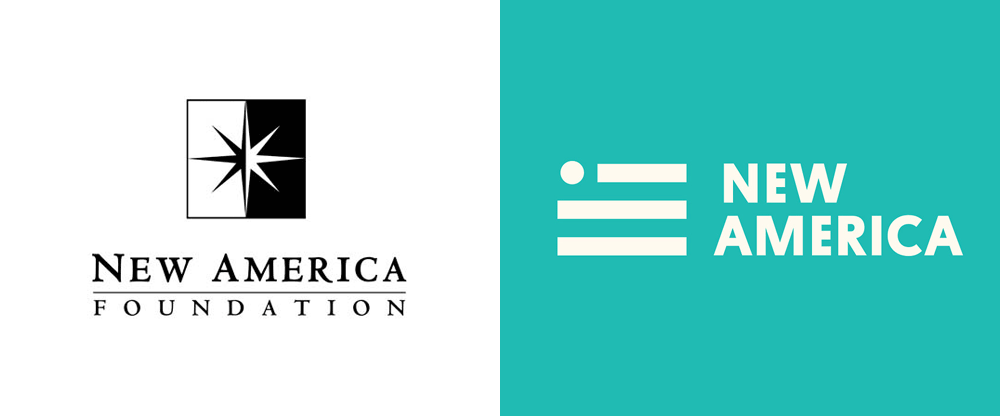
Many state legislatures are considering blockchain legislation as it has been expanding to new markets increasingly. Maria Hodge, an ASU Law student, has created a guide for state legislatures to use for information as many are hoping to capitalize on the potential economic gains by allowing the technology to be implemented within their states. Twenty-four states and Puerto Rico have enacted a bill on this technology. The rate of proposed legislation on blockchain has been increasing rapidly. Fifteen states introduced legislation last year, a big step from the six states who did in 2017.
Congress is actively considering blockchain regulation, through various bills that, if enacted, could establish a working group to evaluate the application of blockchain in some federal agencies. States have strong reasons economically to lead in this area.
Hodge complied a number of questions that could help aide law and policymakers in this area of law and technology.
What is blockchain? Blockchain was first developed after the 2008 financial crisis, providing a means for achieving secure financial transactions through the exchange of cryptocurrency. Blockchain’s sole use is no longer cryptocurrency, but still the biggest. Blockchain technology has expanded rapidly in the past decade, now being used for various markets in the private sector. Financial transactions, record keeping, contract formation, and secure messaging are some of the uses that blockchain has expanded into. Public Sector adaptations of the blockchain technology is slower, but applications of this technology have been seen for digital voting, real estate, and public health surveillance activities.
The foundation of blockchain is a “decentralized database,” a network of computers that individually verify the authenticity of information. The documents or records within the blockchain are never edited, only added to, and a new change in the record gets connected to the prior record after being verified as an authentic transaction.
What does blockchain legislation cover? State legislations typically addresses blockchain in four various ways.
- A bill can create a blockchain task force, working group or subcommittee to better understand the technology and how it can be best utilized within the state.
States that have legislatively created task forces to study blockchain technology: California, Wyoming, Vermont, Illinois, New Jersey and Connecticut.
- A bill can define blockchain or incorporate relevant terminology into existing statutory frameworks. This can be used to ensure that unwritten or electronically signed documents contained within the network are recognized under state law.
States with this legislation: Arizona, Vermont.
- A bill can preempt or restrict local regulations of blockchain to encourage further development of the technology within the state.
This type of legislation can be found in: Arizona, Illinois and Nevada.
- A bill can encourage the adoption of blockchain technology in certain industries or government agencies. This can be used to increase efficiency and security and reduce costs for state government.
States with this legislation: Delaware, Illinois, and Nebraska.
What are ways to mitigate possible harms caused by legislating on blockchain? Technology legislation typically becomes obsolete after a few years due to the rapid rate of development in the industry. This can make it hard for legislatures to keep up with the changing landscape.
Some ways to avoid this issue:
- Blockchain legislation should include uniform language and address the technology in broad terms. Generalized language is important in maintaining the law’s relevancy since blockchain itself is rapidly developing and highly variable depending on its application.
- Legislators can incorporate sunset provisions into their bill that either nullifies the bill after a period of time or allows the legislature to renew or revise the bill.
- Legislators can incorporate accountability schemes into their bills to ensure that the legislation is applied correctly and reaching the intended result.
For an extensive look at blockchain, check out Maria Hodge’s article here.















